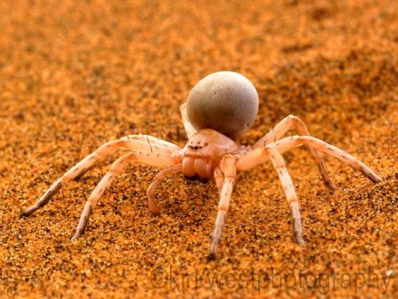Figurative language: goldenwheel spider
The Grammar Bit!
Now that you are in Year 6, you will be familiar with figurative language. You may have used it in your stories and poems to build vivid images in the reader’s mind and to give greater meaning and strength to your words. In this lesson we will focus on three commonly used figurative devices:
- Simile – a simile directly compares two separate concepts by using connecting words such as ‘like’ or ‘as’. e.g. He was wily as a fox.
- Metaphor – a metaphor compares two things by saying something is something else. (It is like a simile but it doesn’t use the connecting words described above.) e.g. She cried a river of tears.
- Personification – personification is where you give a non-human thing human traits. e.g. Time marched on.
With your talk partner, decide which of the sentences opposite uses a simile, which uses a metaphor, and which uses personification. Give each sentence a score rating (1-10) based on the imagery that is created in your mind . How might you improve the imagery created by adding/changing any words or phrases?
Scintillating Sentences
1) As the wasp uncovered the spider, she gleefully rubbed her hands together, grinning with delight.
2) The wasp and the spider were ninjas, entwined in a ferocious battle.
3) The spider rolled down the sand dune like a fairground wheel, spinning at top speed.

Did you know?
Like the pompilid wasp, a golden-wheel spider can also shift a huge amount of desert sand. When digging its silk-lined burrow, it can remove up to 10 litres of sand – a quantity that is 80,000 times greater than its body weight!

 Sign in
Sign in